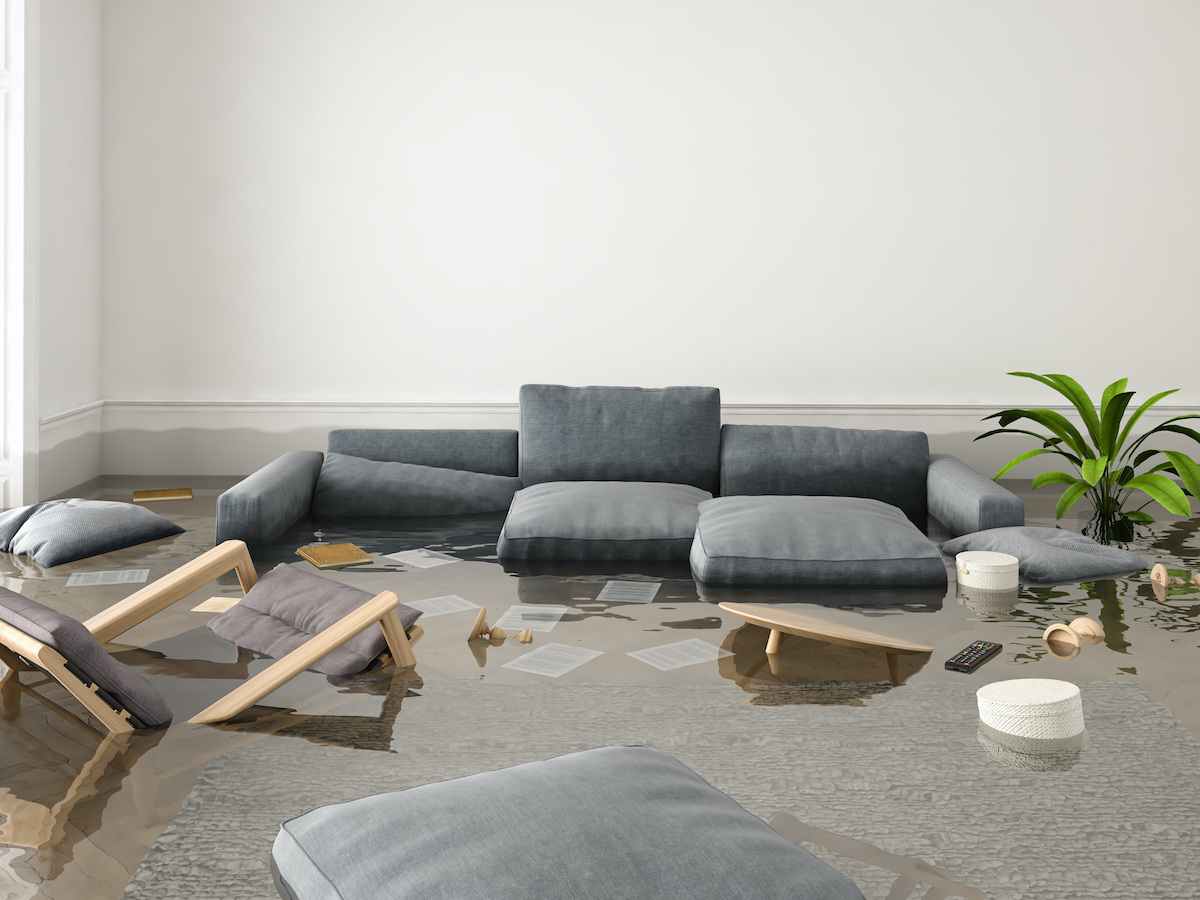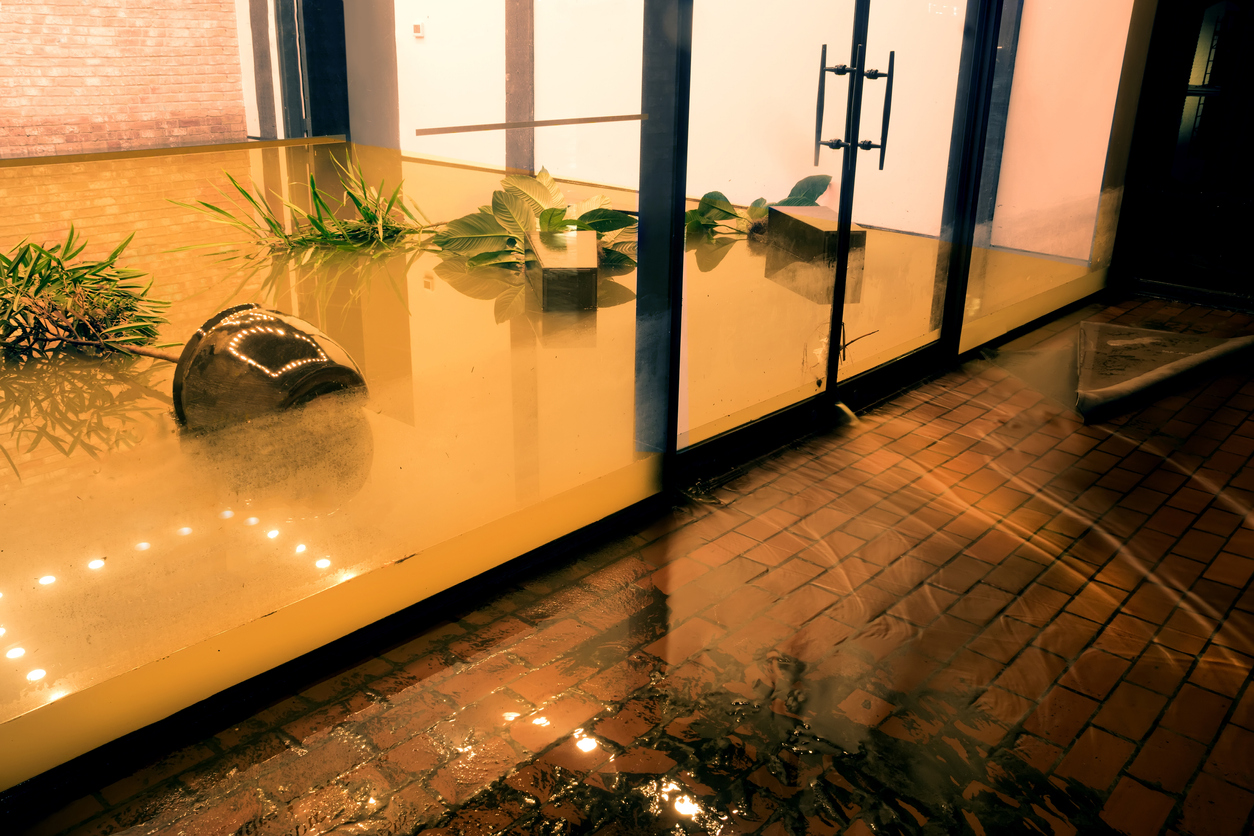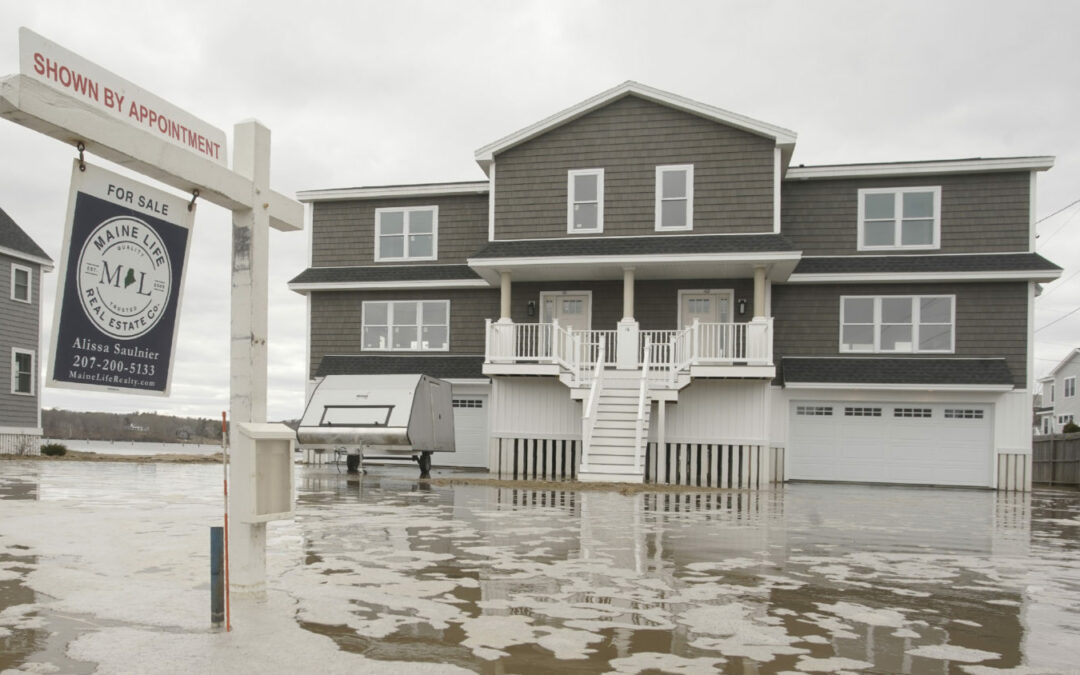Black scenario: you come home from work and find the floor is wet and the ceiling and walls are full of damp patches. You suspect your neighbour for your flooded apartment . Do not panic. Read what to do if your home is flooded and learn how to get compensation.
First, look for the likely cause of the flooding. Check that the upstairs neighbour is at home and knows about the situation at all. Contrary to appearances, it may happen that, for example, he did not notice the failure of the washing machine, and your intervention may stop your apartment from being flooded any further. When the breakdown is in the plumbing risers, sometimes you have to turn off the main valves, which are usually located in the basement.

Then go back to the flooded apartment and try to limit the build-up of damage. You can collect water, but in no case remove the effects of flooding and do not repair anything.
Where to report flooded apartment by a neighbour?
If the situation is serious, such as dirty water leaking from a clogged drain, call the appropriate services to help you get the situation under control as quickly as possible.
Regardless of the size of the flooding, immediately report to the cooperative or community to which your flooded apartment belongs. Ask that a representative of the property (or possibly the property manager) come to you to inspect and sign the flooding report that you prepare.
If your home is insured, the next step is to contact your insurance company. An appraiser will be sent to you to carry out full documentation of the damage (photos, visual inspection, protocol from the scene). Don’t expect him to show up immediately. Most often you have to wait a few days for it.
Ceiling damp patches, flooded panels – damage documentation
In order to avoid the tedious and lengthy struggle for the due compensation, try to prepare and collect appropriate documentation as soon as possible – without waiting for an insurance appraiser. Although with the so-called we should not assume any bad will on the part of the insurer in the liquidation of the claim, sometimes there are cases of lack of reliability or mistakes in the preparation of the damage report. If we believe that the amount of compensation received is too low, we will need documentation to support our claims.
In the flooded part of the apartment (or basement), record videos and take photos. Take care of the best quality of the prepared materials. Take your time, take close-ups of the damage and the leakage spot, and photograph or film the entire room.
Your goal should be to capture the extent of the damage and the cause of the flooding (for example, if a neighbour has flooded your kitchen, take photos of the stain on the ceiling clearly showing that the flooding occurred from the apartment one floor above).
Also, write down a flooding report. It should contain a list of damaged items with the degree of damage. Describe everything with great accuracy, for example, specify the dimensions of the stains and the type of paint used.
Damage Documentation
Persuade the owner or tenant of the flooded flat to sign the protocol. Ideally, in addition to your signature, you should also obtain a statement confirming the fact of flooding and its cause. If your neighbour admits that the water damage was his fault, ask him to acknowledge his responsibility in writing.
This will be useful in a situation where, after some time, our neighbour starts to question his guilt. Then the statement will become useful evidence to help you obtain compensation. It is worth that a representative of the cooperative (community) or the building manager should be present when the protocol is signed by the neighbour.

When there is no doubt that the flooding of your apartment was caused by a breakdown in the riser. The flood report is issued by the building manager or a representative of the cooperative. On the other hand, in a situation where you do not have insurance and you assume that the case may end in court. Ask an independent appraiser for a report. Also, take care of witnesses – they can be neighbours or the manager.
Only after the flooding report is prepared and all damage has been photographed. Or filmed will you be able to start cleaning the rooms. And drying out the things that you managed to take out in time and can still be saved. However, before you start doing this, find out from your insurer. To what extent you can clean up a flooded flat. As different companies approach this issue differently.
The discrepancies concern, among other things, property that can no longer be saved. Some insurers allow them to be disposed of immediately, while others prefer to leave them to an expert appraiser.
For all of your handyman needs, you can rely on our team.

